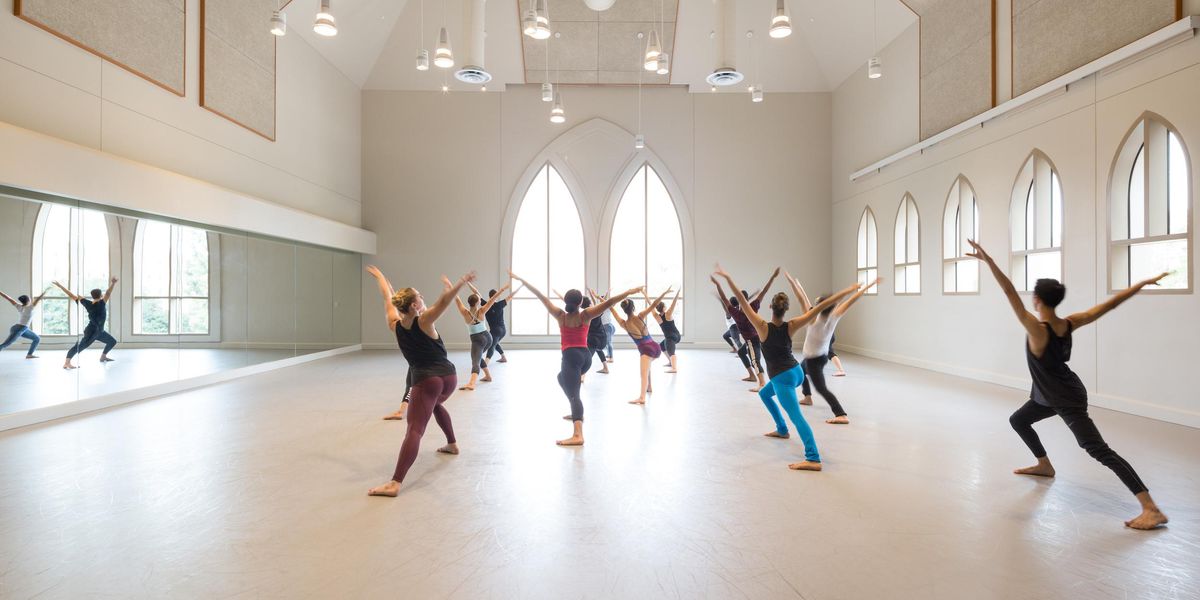Chicago Dancing Festival
Chicago Dancing Festival
Various venues
Chicago, IL
August 20–25, 2012
Performance reviewed: Aug. 20,
Harris Theater for Music and Dance
Chicago’s most famous ballet dancer, Mayor Rahm Emanuel, introduced the Chicago Dancing Festival’s opening-night program with a joke about his plié—and a recitation of CDF’s three goals: to make the city an international destination for dance, to build dance audiences, and to provide a forum for dancers to meet and mingle. Since 2007, when CDF founders Lar Lubovitch and Jay Franke gathered seven nationally known troupes for a single performance, this free festival, often focusing on the classics, has grown exponentially. This year, organizers expected 20,000 people to attend, including 10,000 at the final Pritzker Pavilion performance.
Free + tried-and-true = a strong formula. Yet on opening night—also the festival’s first all-Chicago program—organizers changed that equation, taking a sharp left turn into populism with three CDF commissions. No entertainment value was lost; in fact, opening the door to less rarefied air offered not only variety but a stronger sense of community. And healthy grassroots arts communities, producing both artists and arts consumers, are the future of the arts.
CDF imported New York choreographer Nicholas Leichter to create Touch of Soul for 32 teenagers in the Hip-Hop Culture Dance Ensemble of Chicago’s nonprofit After School Matters. ASM put down roots in 1991, when the late Maggie Daley (wife of former Chicago mayor Richard M. Daley) started the arts-oriented Gallery 37 program, initially held in tents on a downtown vacant lot. This dance is a tribute to her.
After School Matters’ Hip Hop Culture Dance Ensemble in Nicholas Leichter’s
Touch of Soul. Photo by Cheryl Mann, Courtesy CDF.
The students’ utter joy in the moment and the movement turned Leichter’s choreography into something more than the sum of its parts. Though the first section, set to Estelle’s “Wait a Minute (Just a Touch),” resembled a flash-mob mix of chaos and order, the second—set to Manu Dibango’s 1972 classic “Soul Makossa”—used smaller ensembles and even a few solos and duets to tease out individual performances. I want to see more of all these dancers.
CDF also commissioned New York’s Keigwin + Company to create Bolero Chicago, the seventh Bolero in Larry Keigwin’s series for different cities. Nearly 50 non-dancer Chicagoans joined the Keigwin dancers—and a few dogs—onstage to celebrate and satirize our fair city’s public transit, umbrella-defeating wind, and raging sports addictions. Best, however, were the early brief vignettes, revealing strong individuals. A red-white-and-blue color scheme upped the rah-rah ante as Ravel’s classic built steam.
Chicago residents in Larry Keigwin’s
Bolero Chicago. Photo by Cheryl Mann, Courtesy CDF.
The third commission—for Giordano Dance Chicago, which made its festival debut on opening night—returned us to the world of highly trained dancers, but not to serious choreography. The insanely concise duet Two Become Three is a cartoon jewel by Swedish choreographer Alexander Ekman, who fast-forwards through a relationship with the aid of a sound track explaining every emotion and a lot of the moves. Talk about accessible. Dancers Maeghan McHale (a 25 to Watch in 2010) and Martin Ortiz Tapia nailed every soaring lift, comic gesture, and silent-film facial expression.
Hubbard Street Dance Chicago and the Joffrey Ballet repeated two triumphs from the past year: Twyla Tharp’s speedy Scarlatti, which HSDC commissioned, and William Forsythe’s spiky In the Middle, Somewhat Elevated, which the Joffrey first performed in February. Et voila: grassroots efforts come to full flower.
Hubbard Street Dance Chicago’s Pablo Piantino, Kellie Epperheimer, and Garrett Anderson in Twyla Tharp’s
Scarlatti. Photo by Cheryl Mann, Courtesy CDF.
Pictured at top: Giordano Dance Chicago’s Maeghan McHale and Martin Ortiz Tapia in Alexander Ekman’s
Two Become Three. Photo by Cheryl Mann, Courtesy CDF.




